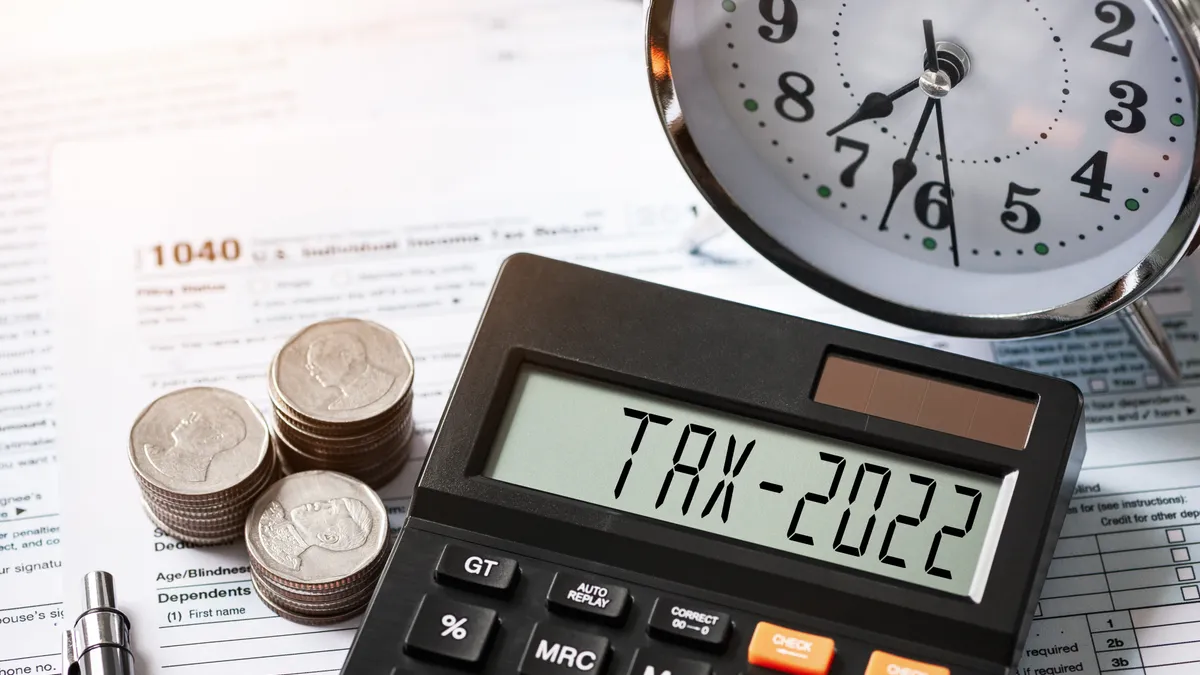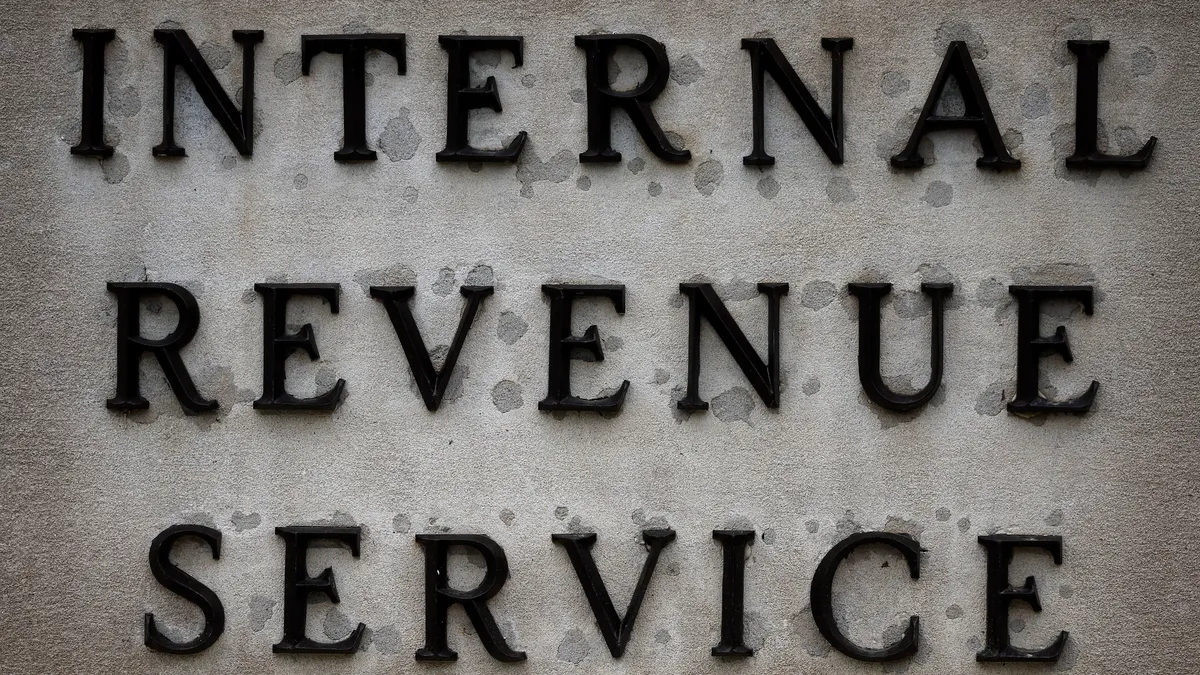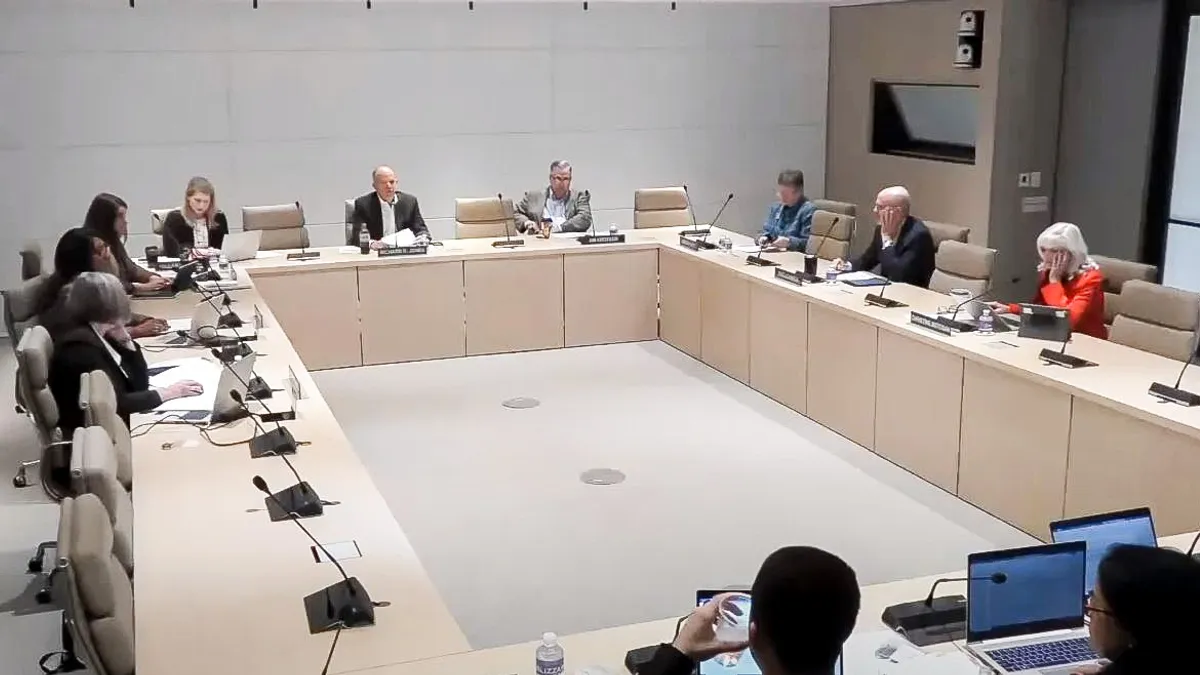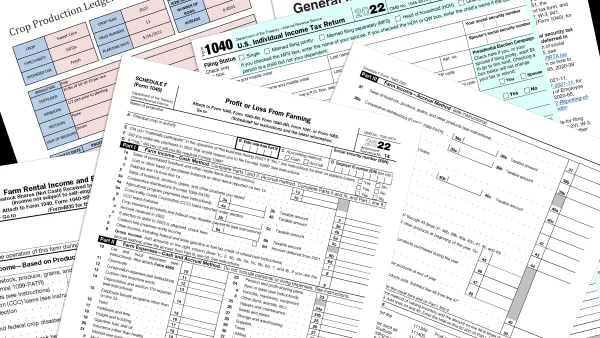Adam Schrom is a product director for Bloomberg Tax. His team works on Bloomberg Tax’s new product initiatives in the corporate direct tax space. Views are the author's own.
As new tax law changes are ushered in under the Biden Administration, corporate tax departments are once again scrambling to ensure compliance across a wide swath of tax-related disciplines. A key area of concern for CFOs and tax and accounting financial executives alike is compliance with the ASC (Accounting Standards Codification) 740, which guides how companies recognize income taxes on their financial statements. After all, ASC 740 inaccuracy remains a leading cause of company financial restatements and material weaknesses.
The tax provision is part of the audited financial statements and therefore it impacts the company’s earnings and earnings per share. Not surprisingly then, the tax provision is typically the most scrutinized process that the tax department undertakes. The CFO, CEO, audit committee and tax departments all have an interest in understanding exactly what is driving the company’s tax rate and the significant components of the tax provision.
Naturally, ensuring the tax provision is calculated correctly is a critical first step and a key focus for many corporate tax departments. And as tax law changes often come hand-in-hand with increased audit activity due to the potential for material weaknesses, neglecting to prioritize all the key components of the tax provision calculation — from planning for tax law changes, to calculations and data management, to best practices aimed at audit readiness — can become a significant oversight.
Beyond the tax provision
As any veteran tax executive can attest to, calculating the estimated amount of income tax expense that a company is required to accrue under generally accepted accounting principles (GAAP) for the current year is a monumental task.
Much effort is put into ensuring that this critical work is done correctly. However, all that work is a moot point if a company must restate financial statements due to errors caused by lack of planning and sound documentation. As a result, investing time upfront to integrate workflow and workpaper processes with tax provision planning and
calculations can save a company the unnecessary pain and expense associated with a drawn-out audit.
Workpapers are typically the first item requested by an auditor and are viewed as a critical component to a complete and thorough audit. Workpapers provide the evidence that an auditor uses to formulate an opinion of a company’s financial records and can include memos, spreadsheets, emails, schedules and system reports. Despite the importance of workpapers, there is no official “workpapers guidebook” or a specific format provided by governing bodies.
Workflow pitfalls
Today, automation and workflow tools are readily available for many areas of taxation such as provision and compliance. These tools can help to streamline mundane tasks such as data entry, and to organize documents, emails, notes, tasks, and projects. There are also focused solutions that perform complex calculations and projections in areas such as fixed assets, net operating losses (NOLs), and stock compensation.
Despite great strides in technology, however, there is still an industry-wide gap between solutions that automate and document, and solutions that calculate, analyze and plan. In other words, these solutions are still working in silos and are not integrated.
As an example, when it comes to tracking tax law changes, current workflow/workpaper tools are great at logging such changes for future retrieval, but they lack the ability to analyze, calculate and document the impacts of tax law changes in real time and within the workflow and workpaper process. This dearth of flexibility is also what contributes to continued reliance on spreadsheets and ad hoc solutions despite the many well-known issues caused by them.
The bottom line is that the creation of tax provision workpapers is still highly manual, spreadsheet-based and very much reliant on repetitive and disjointed tasks. The result is a time consuming and risky process that no one is satisfied with.
The future of ASC 740 compliance
Market sentiment suggests that tax departments can expect a barrage of new taxes and tax law changes now and into the future. Tax law changes typically spur the need for additional audit activity to mitigate the risks of potential material weaknesses.
To fight the plethora of factors driving corporate tax complexity, including ASC 740 compliance, businesses are increasingly turning to technology and automation to ensure a more end-to-end, holistic approach.
As technology naturally progresses and is accelerated by market demands and conditions, sophisticated planning, opportunity identification, and strategic decision-making are making their way into existing tax technology solutions and directly into the workflow and workpaper process, particularly in the area of ASC 740 compliance.
Savvy companies are looking towards the next generation of tax automation techniques that merge corporate tax workflows — from workpapers to deliverables — and prioritize integrations and interconnectivity of data and calculations. The result will be companies that are able to automate all the key components of tax provision — from planning for tax law changes, to calculations to data management to best practices aimed at audit-readiness.




















